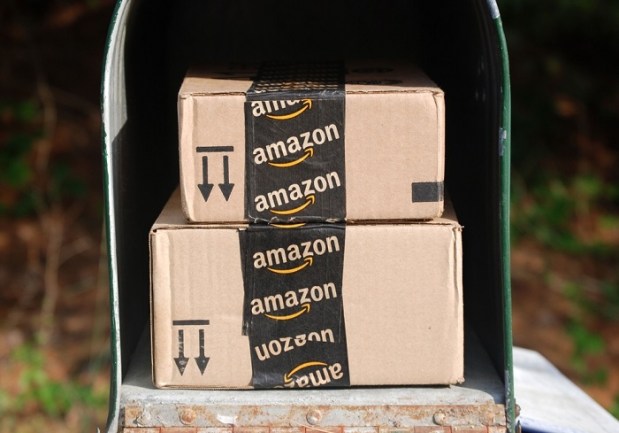Amazon And UPS: Is Breaking Up Hard To Do?

All Amazon probably wants for Christmas is lower shipping costs.
The logistics industry, however, hasn’t quite delivered what Amazon’s been wishing for, which may cause a strain between the eCommerce giant and its once shipping giant ally. While UPS has built its systems over the years to keep up with the rising demands that came as Amazon’s popularity increased, that hasn’t necessarily kept their relationship positive.
In a Wall Street Journal piece that cites interviews with current and former UPS and Amazon executives, the changing nature of that relationship as those costs continue to rise is explained. Those costs, in fact, have already led Amazon to create its own logistics side, which could eventually make it one of UPS’ biggest competitors.
With Amazon’s fleet of trucks already in the works, Amazon has also been exploring the lease of airplanes to take the delivery service to the next level, which means having its own freight operation by land and air. Amazon has also been exploring how to use drone delivery for smaller packages.
This isn’t necessarily a surprise for Amazon, as it has begun to bulk up its delivery capabilities with talks about launching its own ground delivery service. And then, of course, there are its longstanding plans to roll out its drone delivery service. The real draw for Amazon to get into the delivery game is to take control over its own delivery times, as eCommerce’s popularity increase strains the traditional delivery carriers.
For example, UPS, USPS and FedEx have already been struggling this holiday season to keep up with the influx of deliveries.
“Amazon is pretty fed up with the third-party carriers being a bottleneck to their growth,” Robert W. Baird & Co. Analyst Colin Sebastian told Seattle Times.
As WSJ‘s article points out, shipping costs have been accounting for an increasing amount of Amazon’s costs every year, with its third quarter results showing shipping costs at 11.7 percent of revenue, which was up from 10.4 percent the year prior. Now, Amazon is trying to take costs into its own hands and find an alternative solution to using UPS for its deliveries.
“Amazon’s interest is not in doing what may be good for UPS,” Satish Jindel, a parcel industry analyst with SJ Consulting Inc., told WSJ. “Their interest is in getting control over logistics.”
While a UPS spokesman told WSJ that it will “continue to work closely with Amazon and all our customers to help them solve their growth and customer service challenges,” Amazon did not provide any comment.
With UPS’ Amazon account in the billion dollar range, according to sources that spoke to WSJ, that’s a big chunk of its revenue stream, especially since that figure has grown drastically in the past 10 years. But the cost-per-package that UPS has implemented has caused the strain with its biggest customer.
But, on the flipside, Amazon has also been the source of pain points for UPS in the past, particularly after two years of packages showing up late because of Amazon’s massive amount of last-minute Christmas orders that physically couldn’t get delivered on time. To combat that issue, UPS had to bulk up its holiday spending to combat any rush that may occur.
But, for now, it appears this is the start of a long haul for these two companies who may be heading in separate directions.
